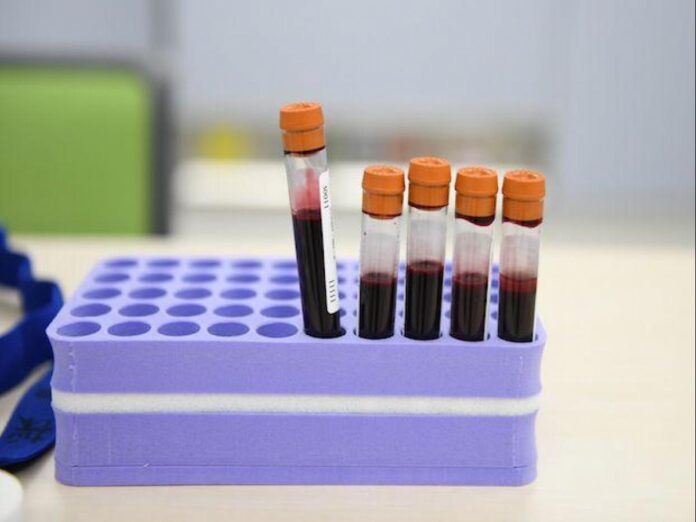| Translate This News In |
|---|
According to a research by a Japanese scientist who advises the country’s health ministry, the omicron form of Covid-19 is 4.2 times more transmissible in its early stages than delta, confirming concerns about the new strain’s contagiousness.
Hiroshi Nishiura, a Kyoto University professor who specialises in mathematical modelling of infectious diseases, looked examined genome data from South Africans in Gauteng province up until November 26.
“The omicron form transmits more and evades natural and vaccine-induced immunity more,” Nishiura said in a presentation to the health ministry’s advisory council on Wednesday.
Concerns are growing around the world that omicron could be much more devastating than delta, and the World Health Organization has warned that it could cause “grave repercussions” if it fuels surges. However, a spike in cases in South Africa following the variant’s discovery hasn’t yet overloaded hospitals, giving hope that it would only cause little disease. This week, Pfizer Inc. and BioNTech SE announced that a booster dosage of their vaccine could improve protection against the strain.
Nishiura’s research hasn’t been peer-reviewed or published in a peer-reviewed publication. The latest study employed the same method he used in a July study on delta’s expected supremacy ahead of the Tokyo Olympics, which was published in the Eurosurveillance medical journal.
Hundreds of researchers from around the world are working to decipher the new variety, which is the most distinct of the five strains of concern identified by the WHO since the pandemic began.
Since the country initially revealed omicron’s discovery two weeks ago, the number of cases has rapidly climbed to nearly 20,000 every day. According to Bloomberg’s Vaccine Tracker, the number of Covid cases in the country had remained low in recent weeks, despite only 26% of the population being fully vaccinated.
Shot’s Efficacy Against Omicron Will Be Determined by the End of the Year, according to Pfizer.
“Vaccination rates were below 30%, and many people were presumably infected spontaneously,” Nishiura added. “We need to watch future developments closely to see if the same thing happens in places where mRNA vaccines are widely utilised.”


















